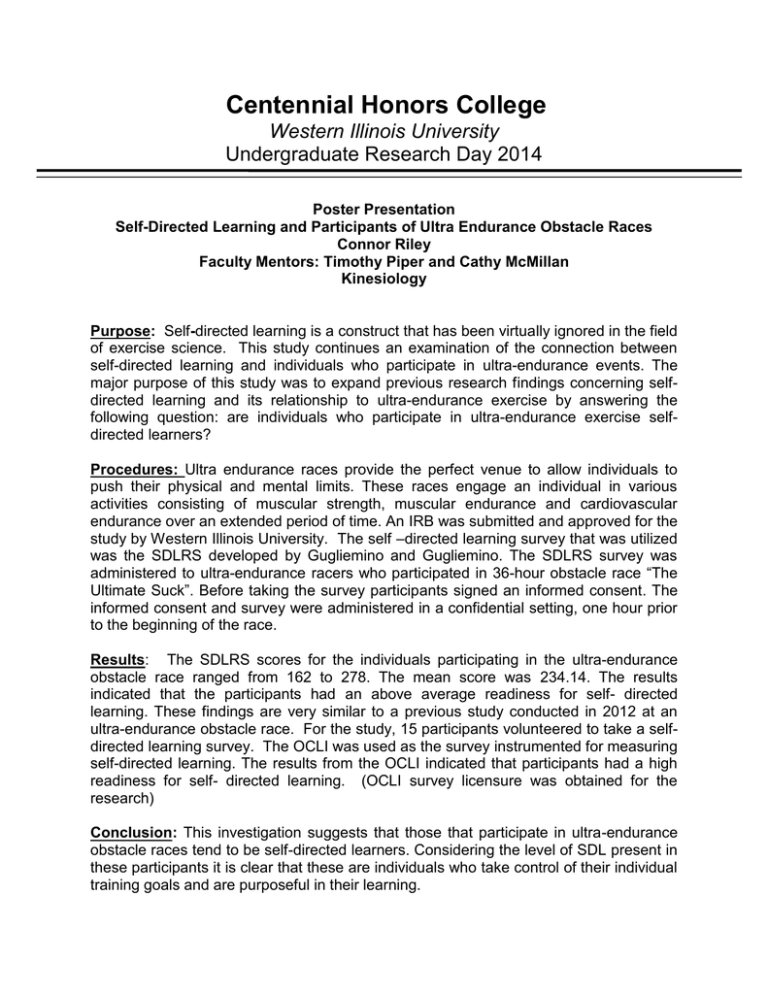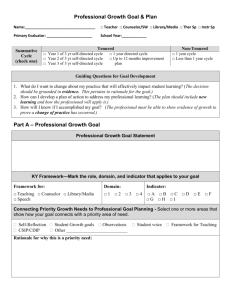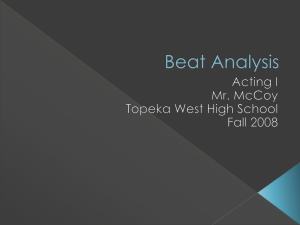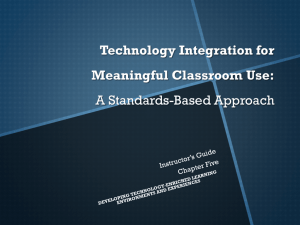Centennial Honors College Western Illinois University Undergraduate Research Day 2014
advertisement

Centennial Honors College Western Illinois University Undergraduate Research Day 2014 Poster Presentation Self-Directed Learning and Participants of Ultra Endurance Obstacle Races Connor Riley Faculty Mentors: Timothy Piper and Cathy McMillan Kinesiology Purpose: Self-directed learning is a construct that has been virtually ignored in the field of exercise science. This study continues an examination of the connection between self-directed learning and individuals who participate in ultra-endurance events. The major purpose of this study was to expand previous research findings concerning selfdirected learning and its relationship to ultra-endurance exercise by answering the following question: are individuals who participate in ultra-endurance exercise selfdirected learners? Procedures: Ultra endurance races provide the perfect venue to allow individuals to push their physical and mental limits. These races engage an individual in various activities consisting of muscular strength, muscular endurance and cardiovascular endurance over an extended period of time. An IRB was submitted and approved for the study by Western Illinois University. The self –directed learning survey that was utilized was the SDLRS developed by Gugliemino and Gugliemino. The SDLRS survey was administered to ultra-endurance racers who participated in 36-hour obstacle race “The Ultimate Suck”. Before taking the survey participants signed an informed consent. The informed consent and survey were administered in a confidential setting, one hour prior to the beginning of the race. Results: The SDLRS scores for the individuals participating in the ultra-endurance obstacle race ranged from 162 to 278. The mean score was 234.14. The results indicated that the participants had an above average readiness for self- directed learning. These findings are very similar to a previous study conducted in 2012 at an ultra-endurance obstacle race. For the study, 15 participants volunteered to take a selfdirected learning survey. The OCLI was used as the survey instrumented for measuring self-directed learning. The results from the OCLI indicated that participants had a high readiness for self- directed learning. (OCLI survey licensure was obtained for the research) Conclusion: This investigation suggests that those that participate in ultra-endurance obstacle races tend to be self-directed learners. Considering the level of SDL present in these participants it is clear that these are individuals who take control of their individual training goals and are purposeful in their learning.




